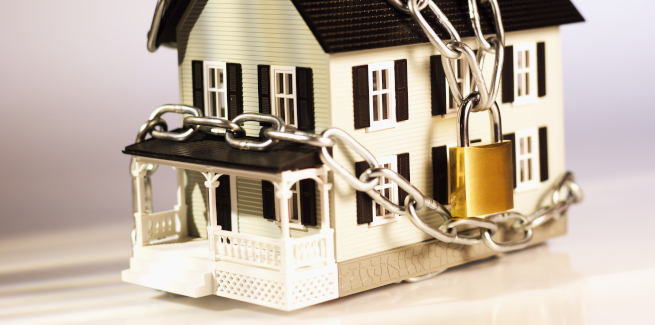Analysis published by CoreLogic has found that the difference of value between a unit and a house throughout Australia’s capital cities is growing at such a rate that some apartment owners could be unable to upgrade.
According to the analysis, which explored housing and unit prices throughout Australia’s capital cities throughout September 2021, there is a growing distinction between the value of a unit to the value of a house. The average unit in Sydney, for example, is 62.9 per cent to that of a house in Sydney. In 2016, this figure was 75.2 per cent.
Comparatively, units in Hobart (which had the closest value ratio) was 77 per cent to that of a house (in 2016, the figure was 76.8 per cent).
However, the analysis also shows that this differentiation increases in certain local government areas (LGAs). For example, the average value of a unit in the Perth LGA of Mosman Park is 21.4 per cent of the standard house value; a figure that was 29.6 per cent in 2016.
The data, which was published in an article written by CoreLogic’s head of residential research Australia Eliza Owen, extends on a CoreLogic analysis published in July that found that the gap between units and houses across Australia’s capital cities has increased since 2007.
According to this earlier data, the median combined value of a unit in a capital city during June 2021 was roughly 77 per cent of a house.
In Sydney, the value of a unit was 65 per cent of that of a house.
On a national level, the paper also cites that house values have increased by 22.9 per cent in the 12 months to September. For units, this increase was only 12.0 per cent over the same period.
According to Ms Owen, one trend in this data is that “more expensive dwelling markets, particularly in the house segment, tend to correlate with the least amount of purchasing power from units”, and that “many of these could be considered more ‘desirable’ housing markets, including those closer to CBDs”.
While this data suggests that there are other factors, such as supply and demand, and that one positive is that this higher density of relatively cheap stock could allow for a more socio-economic diversity in a capital city’s CBD, this change in unit values does indicate that apartment owners in the current market are putting less towards a house than they did five years ago.
“This would be particularly frustrating for those looking to start families, or seeking more space,” Ms Owen wrote.
The increase of house prices, coupled with a decrease in housing affordability, is a point that was raised by Westpac Bank (Westpac) earlier this month in its latest dwelling price forecast.
According to this report, housing affordability is rapidly decreasing across the country, both in capital cities and regional markets.
Sydney’s dwelling price is forecasted to surge by 27 per cent by the end of 2021, while Melbourne is expected to increase by 18 per cent over the same period.
While increasing prices do not necessarily mean housing unaffordability, the report also stated that, according to Westpac’s calculations, affordability is becoming stretched at its current price levels; the three major eastern capital city markets being back near the extremes seen in 2017, 2018, 2004 and 1989.
[Related: Westpac revises house price forecast for 2021]
 ;
;